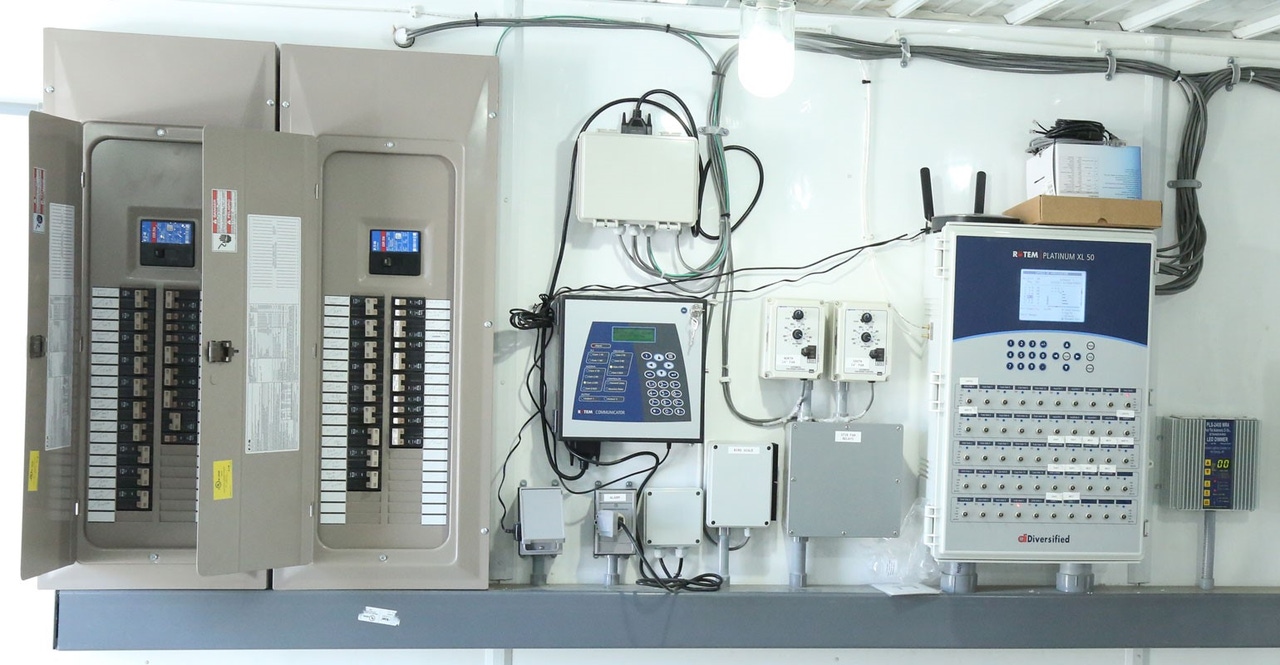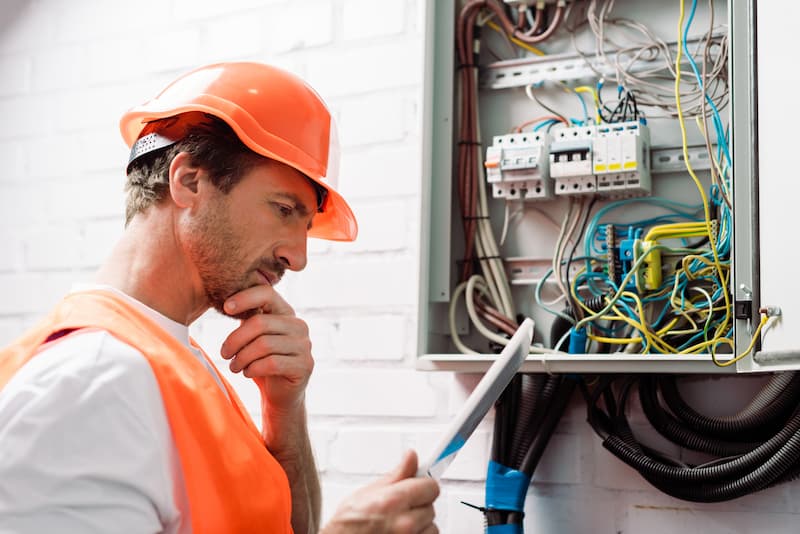Leading Tips for Effective Electrical System Troubleshooting
Repairing electric systems calls for a methodical technique, based in a thorough understanding of electric concepts and safety and security protocols. By familiarizing oneself with circuit parts, using crucial tools, and sticking to an organized assessment method, experts can successfully identify and solve concerns. Nevertheless, the nuances of efficient repairing expand beyond plain technical understanding; recognizing exactly how to record findings and prioritize security can dramatically affect results. As we explore these essential elements further, it ends up being clear that understanding this procedure is not just advantageous however essential for success in the area.
Understand the Basics
Understanding the essentials of electrical systems is essential for reliable troubleshooting, as a strong structure enables service technicians to detect and resolve problems extra successfully. An extensive grasp of electric principles, such as voltage, current, resistance, and power, is essential in recognizing the origin of troubles. Voltage is the electric prospective distinction that drives present with a circuit, while resistance opposes the circulation of present, impacting the total capability of the system.
Experience with circuit elements, consisting of resistors, capacitors, diodes, and changes, is also paramount. Each component plays a distinct function in circuit behavior and can affect efficiency when malfunctioning. In addition, comprehending collection and parallel circuit arrangements is vital, as these plans influence the circulation of voltage and present within the system.
In addition, knowledge of safety procedures is indispensable. Technicians have to recognize prospective risks, such as shock and short circuits, to execute safe troubleshooting techniques. By understanding these foundational principles, technicians enhance their ability to perform efficient diagnostics and repairs, inevitably resulting in enhanced efficiency and dependability of electrical systems. This foundational understanding is the cornerstone of effective troubleshooting endeavors.
Gather Necessary Tools
Efficient troubleshooting of electric systems calls for the right set of tools to identify and deal with issues properly. A well-appointed professional can significantly improve efficiency and efficiency in determining troubles. Necessary tools consist of a multimeter, which measures voltage, existing, and resistance, enabling for accurate examinations of electric elements. Clamp meters are also useful for determining current without disconnecting the circuit, ensuring safety and convenience.
Additionally, protected hand devices such as screwdrivers, pliers, and cord pole dancers are vital for safely manipulating electrical connections. It is additionally a good idea to have a circuit tester on hand to confirm the presence of voltage in electrical outlets and cables. For more complicated systems, a thermal imaging camera can assist detect overheating components, suggesting potential failures.
Comply With an Organized Strategy
Having actually gathered the proper tools, the next step in troubleshooting electric systems is to adhere to a methodical approach. A methodical strategy guarantees that specialists can determine mistakes effectively and properly, lessening downtime and protecting against unnecessary repairs.
Begin by examining the system's schematic diagrams and specifications. Understanding the layout and operational specifications will give context for identifying concerns. Next, isolate the issue location by utilizing a procedure of elimination. This entails monitoring each part systematically, beginning with the power source and working in the direction of the lots.
Make use of testing devices, such as multimeters and oscilloscopes, to gather unbiased data regarding voltage, existing, and resistance at various points within the system. This empirical evidence will certainly direct your troubleshooting initiatives and assist to confirm or eliminate potential sources of failure.
Furthermore, take into consideration environmental aspects that might influence the system's performance, such as temperature level fluctuations or wetness access. A comprehensive evaluation of wiring, connections, and parts will certainly ensure that all opportunities are made up.
Record Your Findings
Extensive paperwork is essential in the repairing process of electric systems. This practice not only help in comprehending mechanical system optimisation support the root reason of the problem yet additionally serves as a reference for future fixing initiatives.

In addition, keeping a log of parts changed or repairs carried out is vital. This details supports supply administration and can aid analyze the long life and reliability of particular parts.
Ultimately, the documentation process should be detailed yet concise, enabling very easy retrieval and evaluation - electrical system troubleshooting. By focusing on thorough documentation, service technicians can develop an important understanding base that not just help in present troubleshooting but also empowers future maintenance efforts, consequently improving total system integrity

Prioritize Precaution
Recognizing the intrinsic threats connected with electrical systems is important for making certain security throughout troubleshooting. Electrical shock, burns, and equipment damage are simply a few of the possible risks that technicians face. Focusing on precaution is not just a lawful commitment yet additionally an ethical important that safeguards both the professional and the surrounding atmosphere.
Before commencing any kind of troubleshooting task, technicians should put on ideal individual safety devices (PPE), consisting of shielded gloves, shatterproof glass, and flame-resistant apparel. Ensuring that the workspace is dry and without clutter can dramatically minimize the danger of crashes. It is important to de-energize circuits prior to starting any work, validating that they are not live with the use of a multimeter or click to investigate voltage tester.
Developing clear communication methods with group participants is also vital; this makes certain that every person is aware of potential hazards and the status of the electrical system being dealt with. Last but not least, having an emergency action strategy in location can confirm important in case of an occurrence. By prioritizing safety procedures, specialists can effectively mitigate dangers and cultivate a much safer work environment.
Conclusion
Reliable electric system fixing relies on a detailed understanding of basic concepts and a methodical technique. Prioritizing safety and security actions guarantees the wellness of individuals included and the honesty of the electric system.